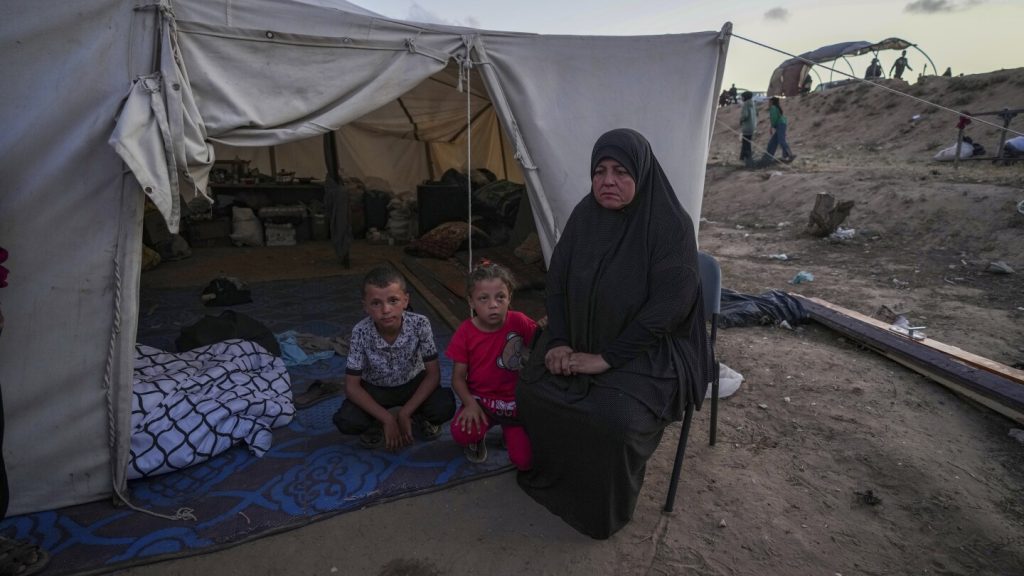Palestinians are commemorating the 76th anniversary of their mass expulsion from what is now Israel, known as the Nakba. Approximately 700,000 Palestinians were forced to flee or were driven from their homes during the 1948 Arab-Israeli war. Israel’s refusal to allow them to return resulted in the creation of a Palestinian refugee community that now numbers around 6 million. Many Palestinians live in slum-like urban refugee camps in Lebanon, Syria, Jordan, and the Israeli-occupied West Bank, with refugees and their descendants comprising around three-quarters of the population in Gaza.
The rejection of the Palestinians’ right of return by Israel has been a core grievance in the conflict. The refugee camps have historically been strongholds of Palestinian militancy, serving as symbols of resistance. The ongoing conflict in Gaza has forced many Palestinians to flee their homes, reminiscent of the mass evictions of 1948. Images from Gaza today mirror those from 1948, with Palestinians loading cars and donkey carts to seek safety in overcrowded camps. The situation in Gaza has intensified with Israel’s expansion of its offensive, leading to harrowing experiences for many Palestinians.
The war in Gaza, sparked by Hamas’ attack into Israel, has resulted in the deaths of over 35,000 Palestinians, making it the deadliest round of fighting in the conflict’s history. Around 1.7 million Palestinians have been displaced multiple times, exceeding the number of those who fled during the 1948 war. Israel has sealed its borders, and Egypt has limited Palestinian movement, fearing a refugee crisis. The international community opposes mass expulsion, while far-right Israeli officials advocate for “voluntary emigration.” Palestinians fear they may never return home due to widespread destruction and obstacles to reconstruction.
The extensive damage inflicted on Gaza, estimated at $18.5 billion, poses a staggering challenge for reconstruction efforts. The destruction caused by Israel’s military campaign includes bombings of residential areas and the transformation of neighborhoods into wastelands of rubble. The World Bank’s estimate of the damage in Gaza is equivalent to the Palestinian territories’ GDP in 2022. The ongoing Nakba for Palestinians involves gradual displacement through home demolitions, settlement construction, and discriminatory policies, fueling accusations of apartheid.
The fear of another Nakba looms large as Palestinians in Gaza and the West Bank face ongoing challenges to their existence and right to a future state. The gradual departure of Palestinians from their ancestral lands is seen as a form of forced emigration. The situation is exacerbated by the depletion of resources, hostile policies, and the physical and psychological toll of living in conflict zones. As Palestinians grapple with the memories of the past and the uncertainties of the present, the cycle of displacement, loss, and struggle continues to define their existence. The urgent need for international attention, support, and advocacy is paramount to prevent further catastrophe and uphold the dignity and rights of the Palestinian people.


